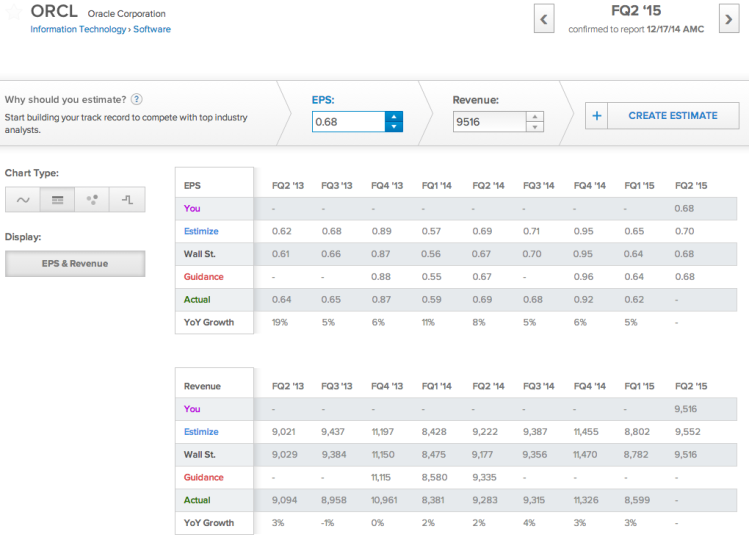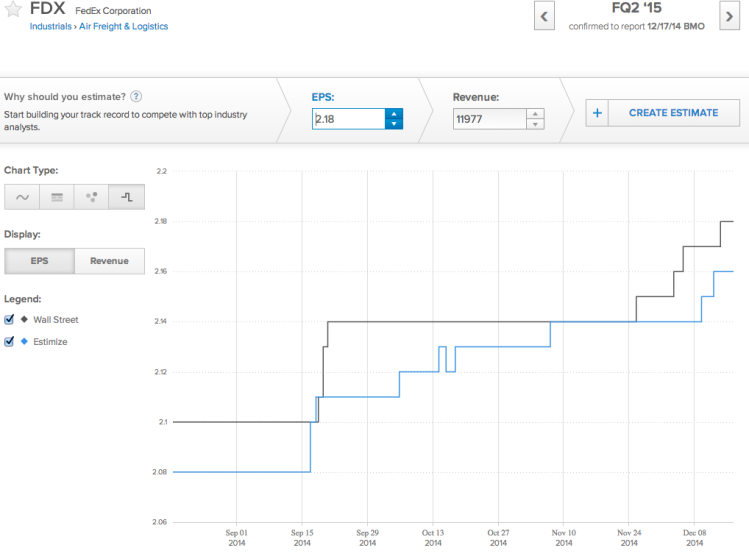
Build Your Gold Watch List – but keep your portfolio in other sectors :
This past year was one of the worst ever for large mining companies, which suffered because of falling commodity prices and high leverage. They needed cash badly, and the streaming companies were more than happy to provide it. Mining giants such as Barrick Gold Corp., Glencore Plc, Teck Resources Ltd. and Vale SA all sold streams in 2015.
For junior or producing gold companies and their investors, the range of forecasts and continued volatility suggest it’s wiser to ignore the crystal balls for now and instead focus on what companies can control, like ensuring a sound business plan, keeping their balance sheets strong, monitoring costs, and building value for their shareholders.
Trends are against gold:
1) no inflation can be detected
2) rising interest rates offer a money making alternative while we watch and wait
3) global unrest in the middle East, Africa and Ukraine continue unabated but don’t move the panic button to ” buy”
4) Peter Schiff continues to see gold at $5,000 ( our best contrarian indicator )
This is the time of year when analysts roll out their economic forecasts for the New Year. For those who keep a close eye on gold prices, this can be a painful process.
It’s been another tough 12 months for the yellow metal, with prices falling for the third consecutive year — down about 10 per cent in 2015 alone. Prices touched a high in the neighbourhood of $1,300 and, as the year drew to close, they neared six-year lows around $1050.
That’s a big dive from the heady days of 2011, when gold hit over $1,900 an ounce.
What made things even more difficult for the sector in 2015 was the price volatility. Just when it appeared prices might be on a firm trajectory upward, they would then fall, creating more uncertainty among everyone from investors to gold companies.
That volatility is making it harder for prognosticators to estimate 2016 prices with any certainty. It’s the proverbial attempt to nail Jell-O to a wall.
That doesn’t prevent them from trying. But the resounding lack of consensus suggests it is a fraught exercise. Some are breathlessly proclaiming we’re on the brink of a new gold bull market. On the flip side, Goldman Sachs and JP Morgan predict it will fall to the psychologically important $1,000 US-per-ounce level — or lower — in 2016. Bank of America Merrill Lynch believes it will average $950 an ounce in early 2016 before recovering. Slightly more optimistic forecasters, like HSBC, predict gold will average $1,205 next year.
Gold is different from other metals in that its prices are not driven largely by typical supply and demand. While the prices of other metals, like copper or silver, tend to rise and fall as economies grow and shrink, a lot of different forces affect gold’s price. It’s used as a store of wealth, unlike most other metals (you don’t store copper to get rich), and it’s considered a “safe haven” — used as a hedge against political and economic uncertainty.
Inflation and the U.S. dollar are two major forces behind gold’s prices. In 2015, they didn’t work in gold’s favour. The collapse of the price of oil has kept inflation in check, which is bad for gold because of its role as a hedge against rising prices. The U.S. dollar has been strong — another blow for gold, which performs contrary to the greenback. Some say one of the reasons for the strong dollar was ongoing speculation that the U.S. Federal Reserve would raise rates for the first time in almost a decade. The Fed did that on Dec. 16, but there was minimal impact on gold due to the central bank’s dovish approach of a gradual tightening of future rates.
The dark side of metal streaming deals: Strapped mining companies trade future value for cash ( Financial Post )
In September, Robert Quartermain did something highly unusual for a mining executive — he signed a streaming deal with an early exit strategy.
Precious metal streaming companies looking to team up to tackle bigger deals
Valerian Mazataud/Bloomberg
Overwhelmed by the sheer volume of opportunities available in volatile commodity markets, precious-metal “streaming” companies are looking to team up to take on large acquisitions that they might not be able to readily afford on their own.
Continue reading.
Quartermain, the CEO of Vancouver-based Pretium Resources Inc., was alarmed at how much value miners are giving away in gold and silver stream sales, in which future output is sold at below-market prices in exchange for an instant cash infusion.
So when he sold a US$150-million stream on Pretium’s Brucejack project in British Columbia, he insisted that the deal include buyback options for Pretium in 2018 and 2019, and that it cap the number of gold and silver ounces that can be sold.
“When you start putting in higher levels of streaming, and the stream lasts forever, then the potential upside starts going to streaming holders and (away from) your existing shareholders,” Quartermain said in an interview.
This will go down as the biggest year ever for metal streaming deals, and it’s not even close. Miners have raised US$4.2 billion from 11 stream sales in 2015, according to Financial Post data. That is nearly double the US$2.2 billion raised in 2013, which is the second biggest year on record.
For the most part, mining analysts and investors have cheered these deals. But their sheer number has caused alarm for some observers, who worry that miners are giving away vast amounts of future upside once metal prices improve.
The metal streaming business was created back in 2004. In these transactions, a streaming company like Silver Wheaton Corp. gives a mining company an upfront cash payment. In return, it gets the right to buy a fixed amount of precious metals production from the miner at a fixed price that is far below the market price. The streamer can then sell the metal for a profit. The biggest players in this business are Silver Wheaton, Franco-Nevada Corp. and Royal Gold Inc.
This past year was one of the worst ever for large mining companies, which suffered because of falling commodity prices and high leverage. They needed cash badly, and the streaming companies were more than happy to provide it. Mining giants such as Barrick Gold Corp., Glencore Plc, Teck Resources Ltd. and Vale SA all sold streams in 2015.
On the surface, these deals made a lot of sense for mining companies. Their stock prices are so depressed that they do not want to even think about issuing equity. And the last thing this sector needs is to take on more debt. So they sold future metal production instead.
“When companies are between a rock and a hard place, they often sell what’s good because they can’t sell what’s bad,” said John Tumazos, an independent analyst.
The problem is that streams destroy much of the future “option value” for mining companies. Since the streaming metal is typically sold at fixed prices far below the market price, the streamers get all the benefit when market prices go up.
To take an extreme example, Silver Wheaton was buying silver from some mining companies at less than US$4 a pound in 2011, when silver prices rose to almost US$50. It was a massive transfer of wealth from mining companies to a streaming company.
Another concern is that streams can eliminate the exploration upside from a mine. If a miner has agreed to sell a fixed percentage of gold or silver production from a mine to a streamer, it will have to sell more metal if it makes a new discovery on the property and boosts production.
When companies are between a rock and a hard place, they often sell what’s good because they can’t sell what’s bad
John Ing, president and gold analyst at Maison Placements Canada, said streaming is reminiscent of hedging, in which metal is sold in fixed-price contracts. Hedging was all the rage in the gold industry in the 1990s, when prices were low. But it became a massive liability once prices rose far above the value in the contracts. Barrick had to spend more than $5 billion to unwind its hedge book in 2009.
Eventually, hedging became a toxic word in the industry. It is almost nonexistent today.
“It wasn’t until the price of gold went up that everybody realized what Barrick was leaving on the table,” Ing said.
“The same thing is going to happen (to streaming) when the price of gold goes up again. Not until then will people focus on the dark side of the streams.”
For investors that don’t like streaming, the good news is that miners are starting to preserve more upside for themselves in these transactions.
For example, Barrick struck a US$610-million stream sale with Royal Gold last August that guarantees higher sale prices down the road. For the first 550,000 gold ounces and 23.1 million silver ounces that Barrick delivers to Royal Gold, it receives 30 per cent of the prevailing spot prices. For every ounce after that, it receives 60 per cent of the spot prices. So if silver prices go up, Barrick stands to benefit.
Pretium Resources Inc.
Pretium’s Brucejack project in British Columbia.
Pretium went even further by negotiating optional buybacks of its stream and capping the total amount of gold and silver to be sold. If Pretium discovers more metal at the Brucejack project, it won’t go into the stream.
Traditional streaming companies like Silver Wheaton and Royal Gold are looking to buy streams that will last for decades, so Pretium’s deal is not for them. Instead, Pretium sold the stream to two private equity firms, Orion Resource Partners and Blackstone Group.
These companies are just looking for a good return and are not bothered by the idea of having their stream re-purchased in a few years. That is a relatively new concept in streaming, and it could be a game-changer if more private equity firms and other players decide to compete with traditional streamers.
Quartermain said his deal is proof that miners have alternatives to conventional streaming. He hopes other companies will follow Pretium’s lead and try to maintain some upside in these deals.
“We’ve shown you can, even in challenging markets, finance good projects and achieve that upside for shareholders,” he said.
 Where can you find a gold watch list ?
Where can you find a gold watch list ?
on Amazon.com ( Books)
AMP Gold and Precious Metals Portfolio: The Gold Investor’s Handbook
In search of tailor-made solutionsOur core business lies in the fields of formation/administration of global corporations , trusts,foundations , asset safeguarding and sucession arrangements |
We compile legally protected and tax optimising concepts and find the optimal solution for you.
We offer extensive services and contacts in the following fields:
-
Company , trusts ,foundations – incorporation and jurisdiction selection
-
Asset safeguarding
-
Tax optimisation
- Managment consulting
Bank introductions
Email : info@jackbassteam.com ( all emailed answered within 24 hours)
OR
Call Jack direct at 604-858-3302 Pacific Time
10:00 – 4:00 Monday to friday
There is never a cost or obligation for this inquiry.
Video:

JB offshore.mp4 The First Rule Is Safety
About Jack A. Bass Business Development Services












